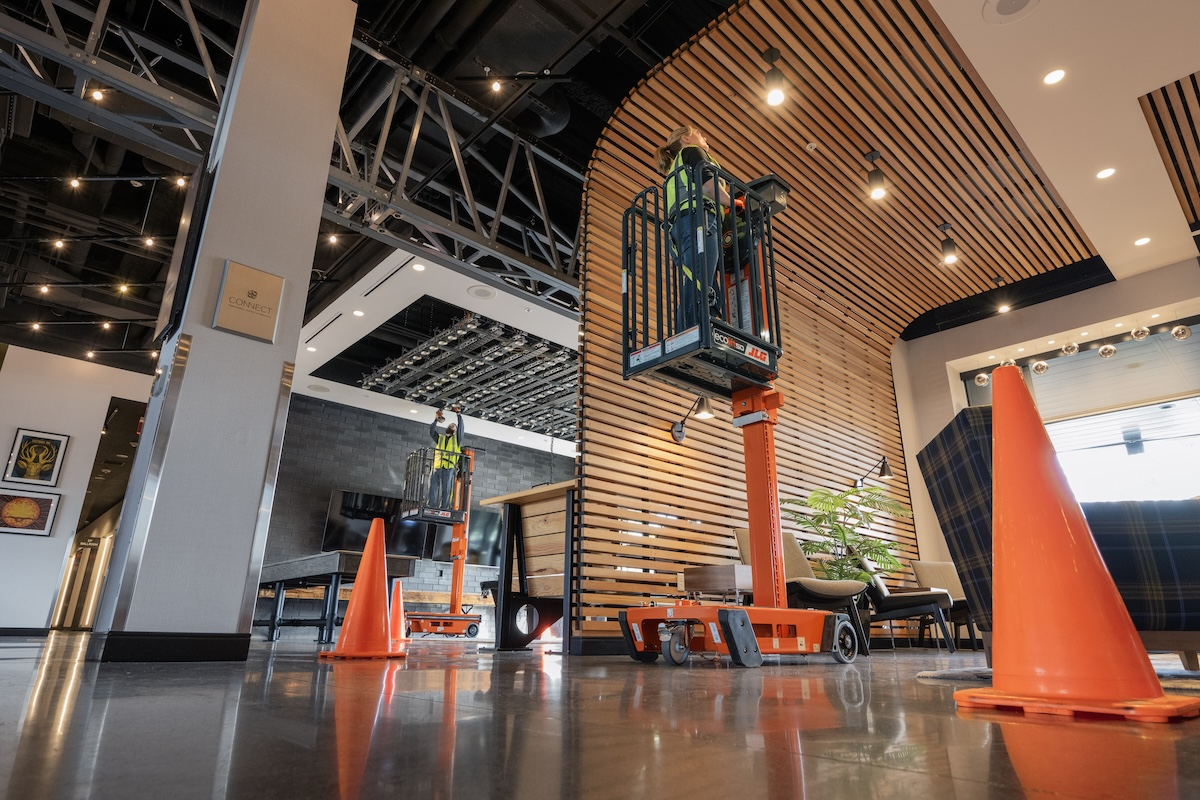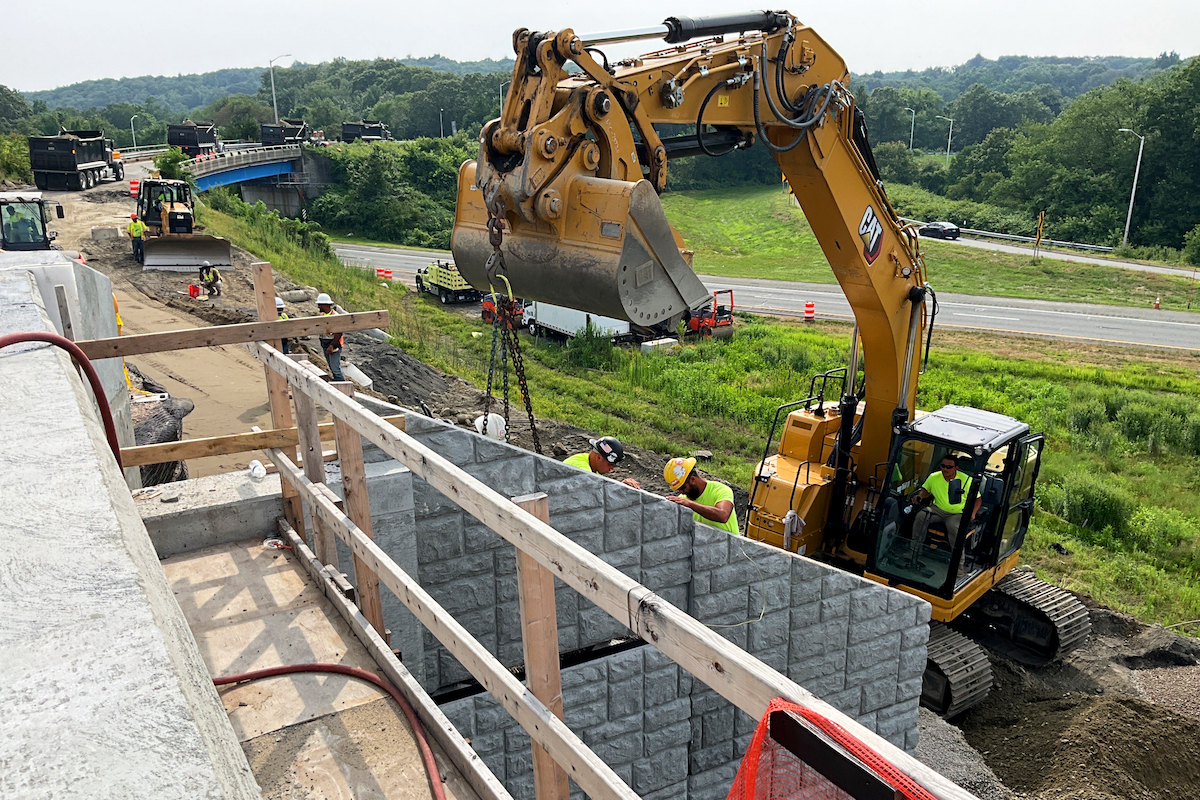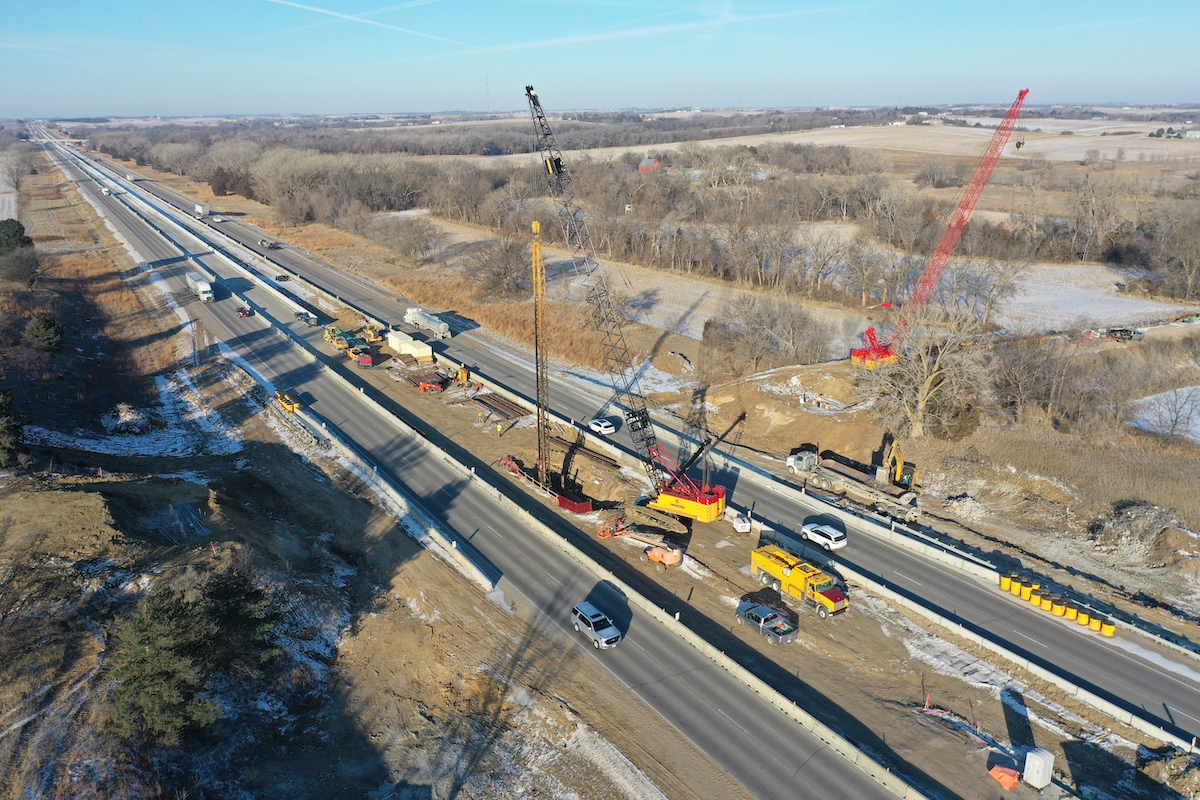Cybersecurity is no longer a peripheral concern — it has become a core business risk. In Wipfli’s 2025 survey on the state of the construction industry, 80 percent of construction executives reported experiencing at least one data breach in the past year. That number points to a systemic vulnerability rather than a passing trend.
For commercial construction firms, the stakes are especially high. Project data, financial records, and client communications are increasingly digitized and spread across multiple platforms. As firms adopt cloud-based tools, mobile workflows, and AI-powered systems, the opportunities for attack expand. The industry’s digital transformation continues to accelerate, while its cybersecurity practices lag. That gap is costing companies time, money, and trust.
Construction firms face different conditions than technology companies. They often operate with lean IT teams, scattered projects, and a heavy reliance on subcontractors. These realities make cybersecurity harder to manage and easier to overlook. Common issues include:
- Legacy systems with little integration or visibility
- Third-party access that creates vulnerabilities
- Limited training that leaves employees open to phishing and social engineering
Attackers know how to take advantage of these weaknesses and are targeting firms that have not put safeguards in place. The consequences of breaches are serious: operations can grind to a halt, sensitive data can be stolen, and reputations built over decades can be damaged.
The Wipfli survey shows a clear shift in mindset. Cybersecurity has become the top technology investment priority for construction executives. That’s progress, but investment without strategy rarely produces results.

| Your local Esco Corporation dealer |
|---|
| Genalco |
Larger firms are beginning to design structured roadmaps. They are evaluating risks, aligning tools with business goals, and incorporating security into operations. However, smaller firms often remain reactive, responding to threats as they appear. This approach is understandable, but it leaves them exposed.
The survey also highlighted another trend: 82 percent of executives report having an AI strategy, but most are using consumer-grade tools for simple tasks. Recognition of a cybersecurity problem is widespread, but implementation is uneven.
Cybersecurity progress is gradual. Firms can reduce risk and build resilience by focusing on these eight areas:
1. Conduct a Comprehensive Risk Assessment
Map out vulnerabilities across internal systems, mobile devices, cloud platforms, and third-party access. Include both technical and human factors. Don’t assume coverage is in place; verify it. Use independent audits to provide an objective perspective.

| Your local Case Construction Equipment Inc dealer |
|---|
| Monroe Tractor |
| Beauregard Equipment |
2. Implement Multifactor Authentication
Multifactor authentication (MFA) is one of the most effective defenses against unauthorized access. It should be required for systems handling sensitive data, including email, file sharing, and financial platforms.
3. Establish a Cybersecurity Training Program
Human error drives most breaches. Training should be regular, not one time, and adapted to different roles. Field teams, for example, face different risks than office staff.
4. Segment Networks and Restrict Access
Not every employee needs access to every system. Role-based controls limit exposure and reduce potential damage if credentials are compromised. Network segmentation can also keep attackers from moving through the entire infrastructure. Think of it as building firewalls between departments.
5. Develop and Test an Incident Response Plan
A well-defined plan outlines roles, communication steps, containment procedures, and recovery actions ahead of potential breaches. Testing the plan through tabletop exercises ensures the team can act quickly when needed.

| Your local Trimble Construction Division dealer |
|---|
| SITECH Northeast |
6. Invest in Real-Time Monitoring and Threat Detection
Cybersecurity requires consistent attention. Monitoring tools can spot anomalies, flag suspicious activity, and trigger alerts before damage spreads. These systems should be integrated across platforms and reviewed regularly. Firms without large IT teams might consider managed security providers.
7. Evaluate Vendor and Subcontractor Security
Partners with access to your systems or data can introduce risk. Set clear security requirements, review them periodically, and write obligations into contracts.
8. Consider Cyber Insurance
While insurance will not prevent an attack, it can reduce financial losses and support recovery. Policies vary widely, so firms should review what is covered — such as data restoration, legal costs, or business interruption — and make sure it matches their exposure.
Cybersecurity must be a strategic priority. Executives are responsible for setting the tone, allocating resources, and making security part of company culture. If cybersecurity remains buried in IT, it will never get the attention it needs.

| Your local Hyundai dealer |
|---|
| Equipment East |
That means dedicating budget, staffing properly, and raising the subject regularly. Firms that treat cybersecurity as a business priority will be better prepared to withstand disruptions and preserve client trust.
Breaches do more than disrupt systems. They delay projects, expose confidential information, and create legal or regulatory problems. The financial impact can be severe, especially for firms managing multimillion-dollar contracts.
The effects also extend outward to job sites, partners, and clients. A single breach can erode confidence, disrupt operations, and put future opportunities at risk.
Beyond offering protection, strong cybersecurity practices build credibility with clients who want assurance that their information is secure. Firms that demonstrate effective protections can strengthen their reputation and gain an edge in the marketplace.

| Your local Volvo Construction Equipment dealer |
|---|
| Tyler Equipment |
The construction industry has reached a pivotal moment. Digital tools are reshaping how firms operate, and with that shift comes new risk. Cybersecurity is no longer optional.
However, firms do not need to solve everything overnight. They can start with the basics: develop a plan, train staff, monitor systems, and make security part of daily practice.
Resilience depends not only on the projects firms complete but also on how well they protect the information and systems that support them.
Brad Werner, CPA, MBA, Partner, leads Wipfli’s construction and real estate practice, guiding a national team focused on middle-market contractors, developers, and private-equity-backed real estate sponsors.

































































